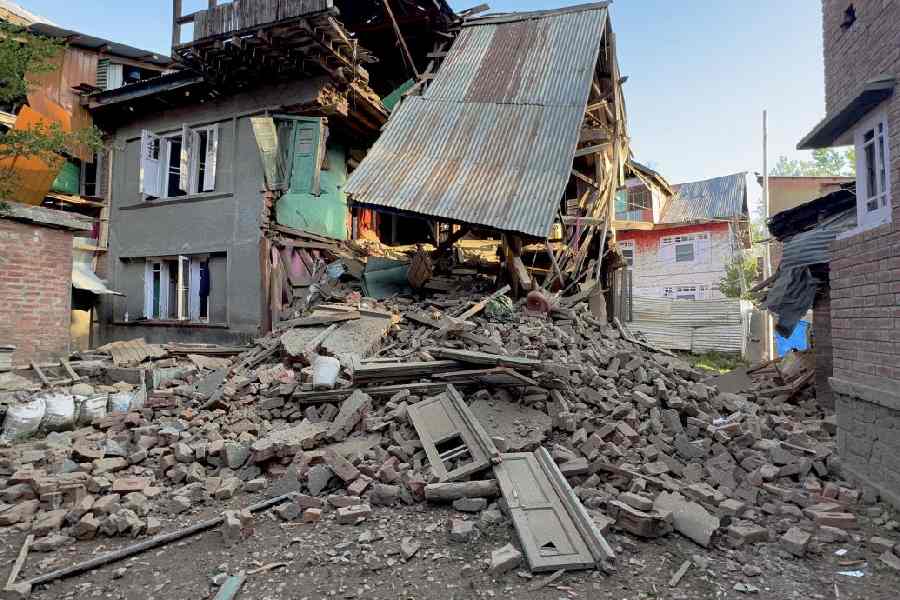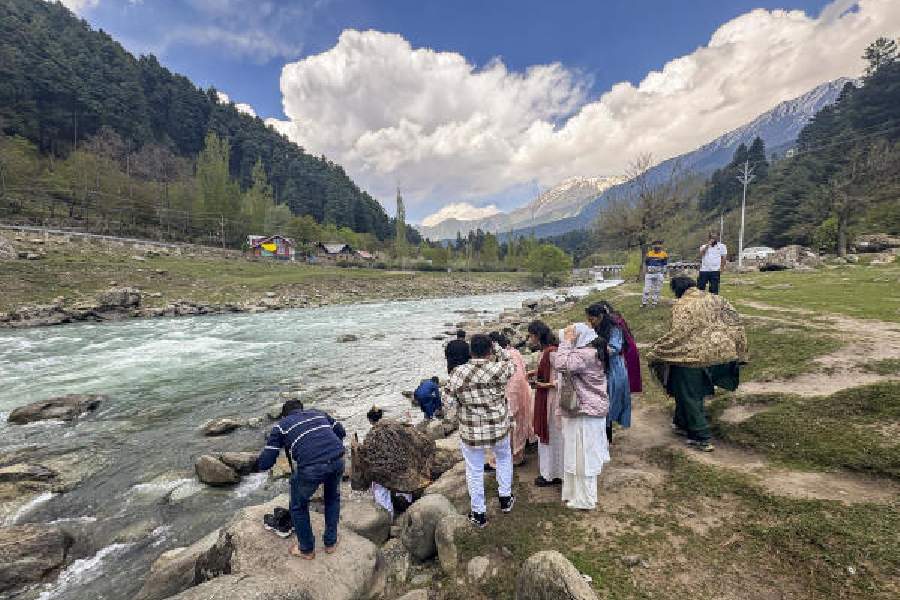
One of my lasting peeves about cricket reporting is the manner in which the old powers media has brainwashed the rest of the world into believing the only real test of a batsman is how he plays on fast bouncy pitches. So if a batsman has not done well on these types of pitches then he is not rated good enough.
This is usually the criteria for batsmen from the subcontinent and when they fail outside the subcontinent, they are called 'flat-pitch bullies' conveniently forgetting the fact that these so-called bullies get runs on pitches which are called a disgrace to the game when the ball starts to turn on Day I.
How those pitches can then be called flat is beyond understanding, but then there is no explanation coming for that.
If batsmen from the old powers countries fail on the subcontinent pitches their standing doesn't go down as the readymade excuse of batting on dust bowls is parroted.
Worse still, if the fast bowlers from these countries don't get wickets, the dust bowl excuse is used again for their failure to get wickets. Their standing, however, remains the same and doesn't go down.
It's been hard to understand that if a batsman from the subcontinent is to be recognised only if he scores runs on fast bouncy pitches, then why shouldn't the fast bowler be rated only if he gets wickets on the so called dust bowls?
Having played a few matches on the dust bowls as also on cow fields where the pitch can't be distinguished from the rest of the outfield, I can say with certainty that batting on dust bowls takes a lot more skill than batting in the cow fields.
For starters, batting on fast bouncy pitches takes just two movements, either forward or back.
On the dust bowls, a batsman who uses his feet to advance down the pitch to smother the spin or use the depth of the batting crease to lay back and cut or pull the ball, will score plenty of runs but footwork is the key. The sweep is also a most productive shot as also the well thought out lofted shot.
The range of strokes is much wider playing spin than when playing pace, where there is little chance of playing with a vertical bat as the deliveries are mostly short, which involve more of the cut and pull than the drive.
Simply put, batting on fast bouncy pitches is a test of courage while batting on turning pitches is a test of skill.
With the kind of brainwashing done, the old powers media goes hoarse when their teams encounter a pitch where the ball turns square, but have nothing to say when the ball is thudding into the gloves, ribs, shoulders and helmets.
Which pitch is a danger to life and limb? And which should be reported? You tell me.
The Johannesburg pitch will no doubt be reported, but will it warrant the kind of criticism that some pitches in the subcontinent?
There is no doubt that on Day III the cracks had opened up considerably and any delivery that landed on those cracks behaved unpredictably.
Some bounced disconcertingly and hit the batsmen on his hands and body, but this was not happening regularly, so there was no need to abandon the game though the umpires did stop the game on the third evening when Dean Elgar got hit on the helmet by a short-pitched delivery.
Now this had nothing to do with the pitch, for when a fast bowler bangs the ball on that length the ball is bound to rise towards the batsman's head.
The umpires overreacted and that would have been due to the blows the Indian batsmen took earlier while they were batting.
That display by the Indian batsmen should once and for all shut the mouths of those who feel that Indian batsmen lack the courage to play fast bowling.
South Africa had four top quality fast bowlers, but the Indian batsmen were gutsy enough to take the blows and try to stick it out.
On a pitch like that, the short-statured batsmen are more likely to have an awkward time and be hit, and the Indians led by Kohli took the blows manfully, but didn't flinch. The South Africans got what they wanted and that was to not play the awkward last twenty minutes before the end of the third day's play and lose any wickets.
The umpires played into their hands and called off play for the day.
This is being written at the end of the third day's play, so it will be interesting to see what the local media, who went berserk when South Africa toured India a couple of years back and played on what they called dust bowls, will say about the Wanderers pitch.
Don't hold your breath though if you think it will be a critical report. After all, most of them are cut from the same cloth as those from the old powers.
Professional Management Group










